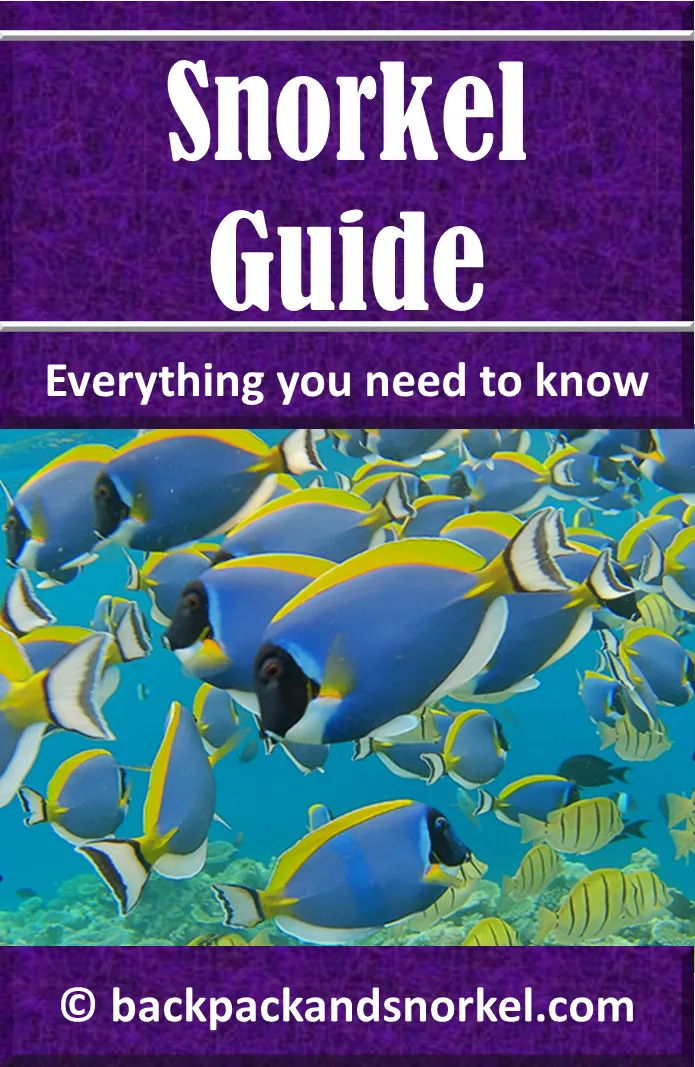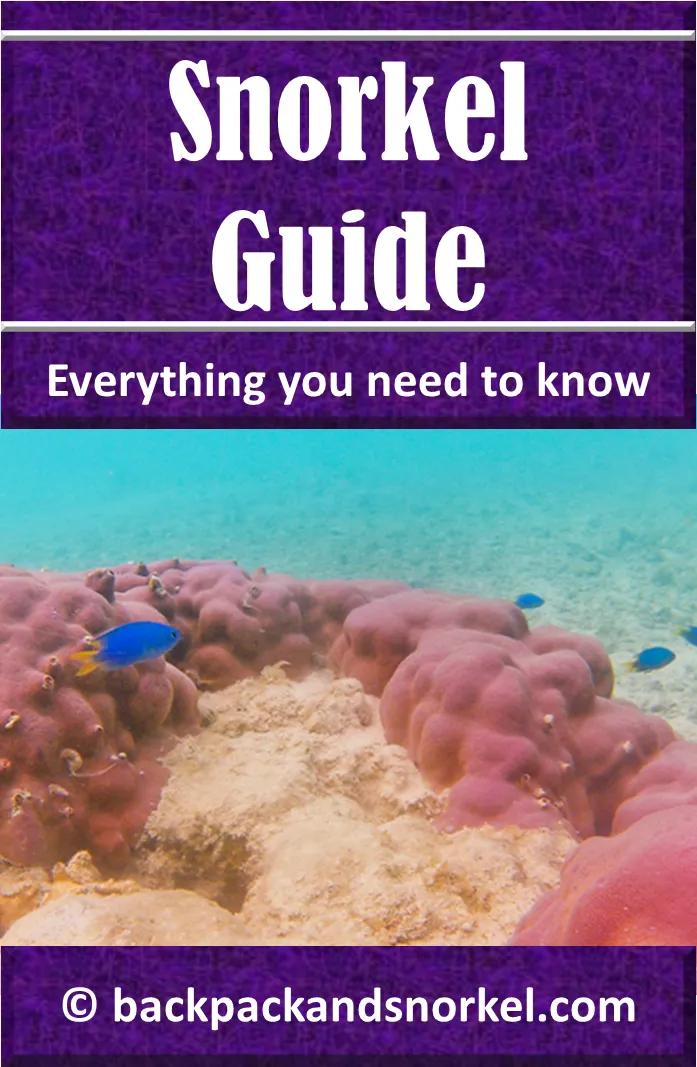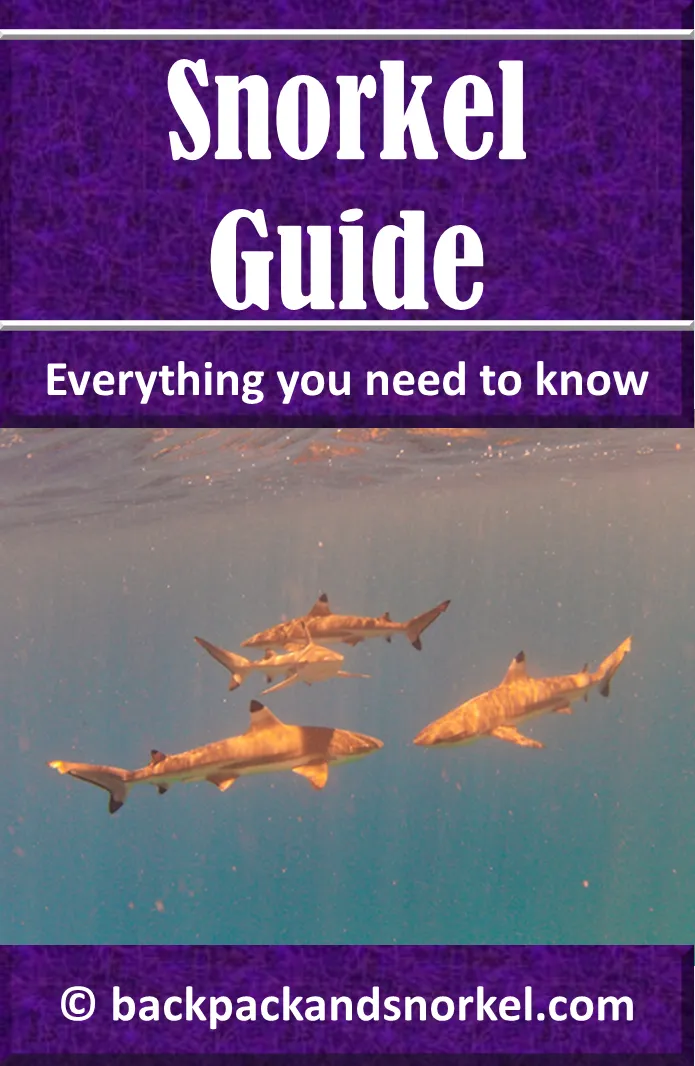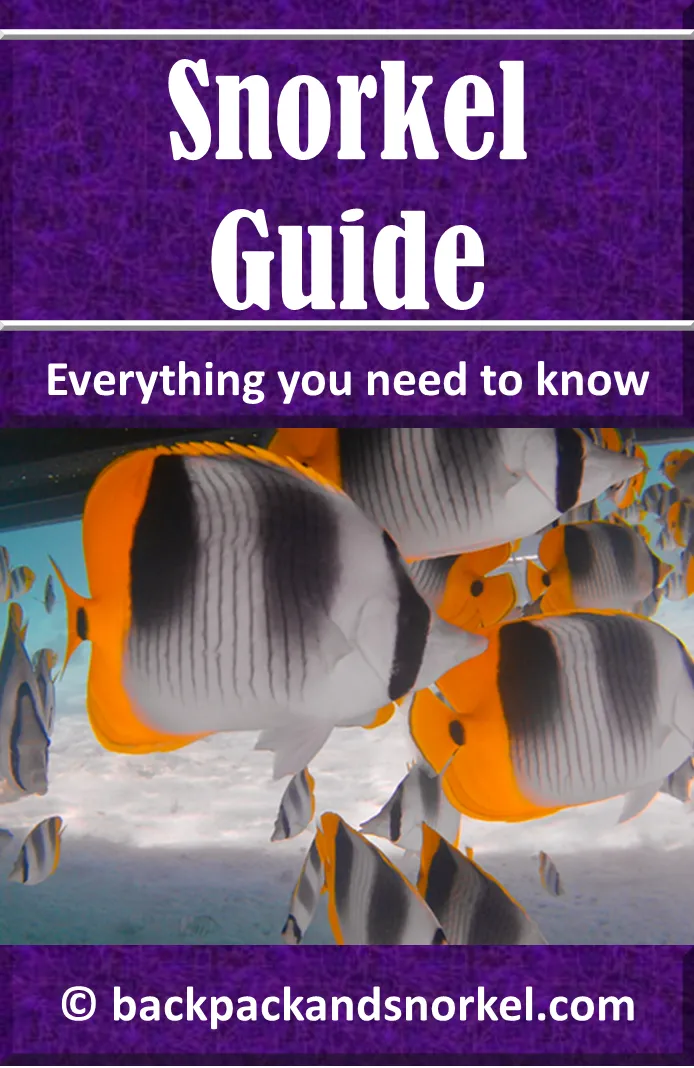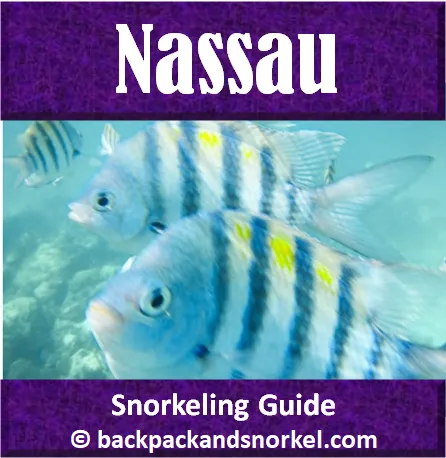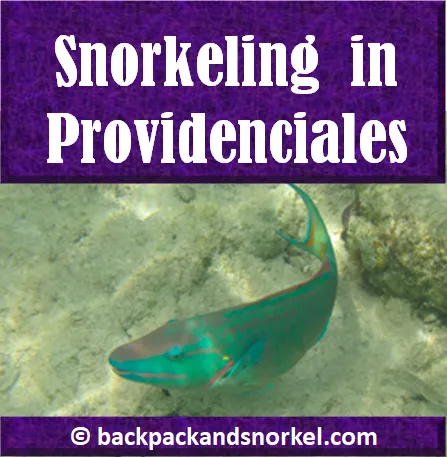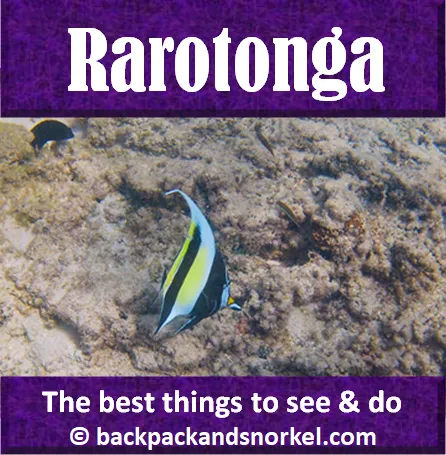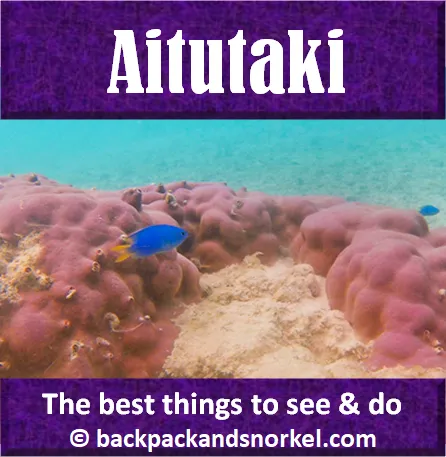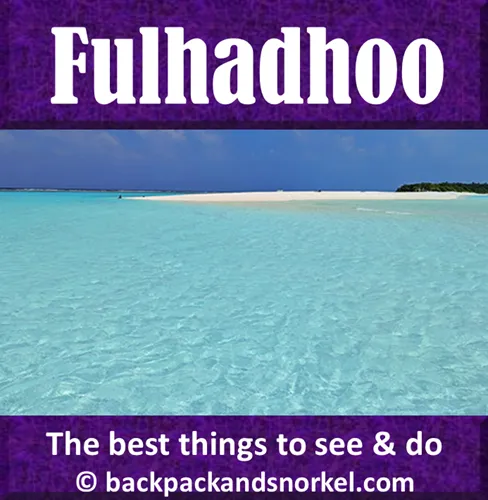Your Ultimate Snorkeling Guide: Equipment, Tips, and Responsible Practices
Discover everything you need to know about snorkeling! Our comprehensive guide covers essential equipment, step-by-step instructions, and tips for snorkeling responsibly. Find the best snorkeling spots and enjoy an unforgettable underwater adventure with Backpack and Snorkel.
Dive In! Your Snorkeling Adventure Awaits!
Snorkeling is my absolute favorite way to spend a day on the beach and explore the underwater world. Hence the name of our website: Backpack and Snorkel!
Watching vibrantly colored fish swim through gorgeous coral reefs is pure magic! In this guide, I will teach you what you need to know to get started on your own snorkeling adventures.
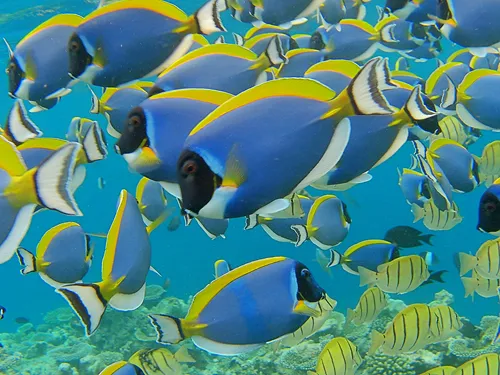
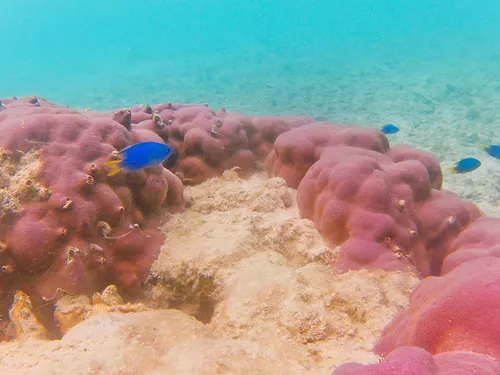
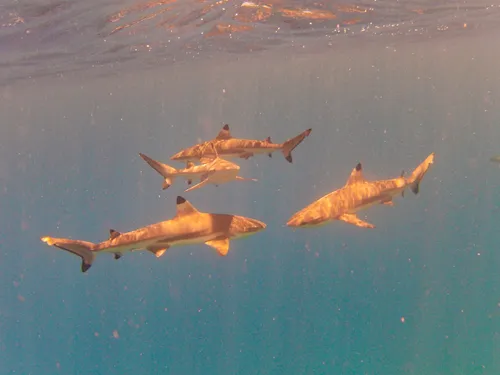
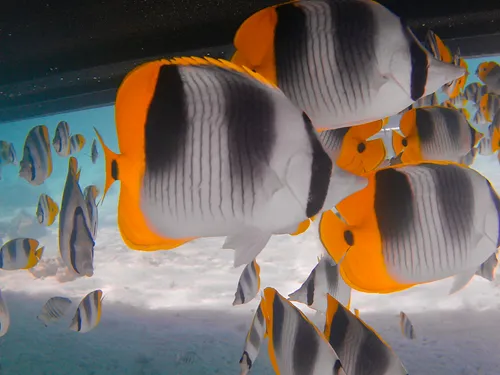
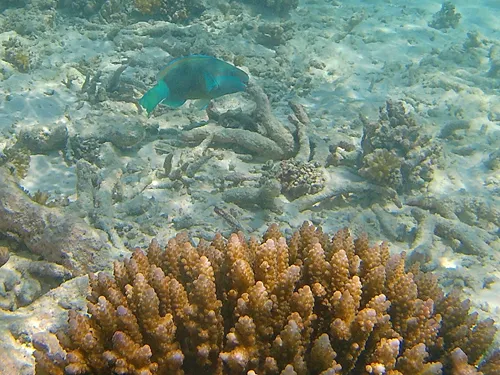
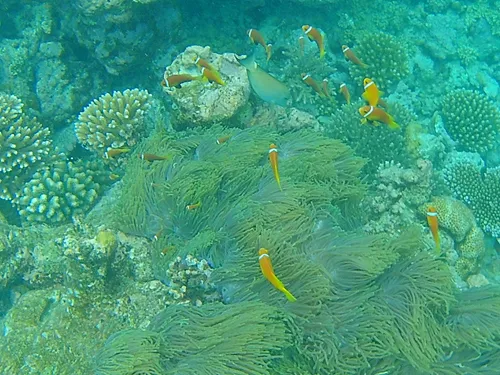
All you need are basic swimming skills – the rest, I will cover! We will dive into the essential gear, and I will share some simple techniques to make your first snorkeling experience unforgettable. So, grab your Backpack and Snorkel, and let's get ready to explore!
Please also check exciting snorkeling destinations around the globe and travel guides on our Backpack and Snorkel website.
Snorkeling Gear
In this paragraph, I share with you what equipment you need to snorkel, and other equipment that you may want to consider buying.
Essential Snorkeling Gear: Masks and Snorkels
You will often find snorkels and masks sold together, sometimes bundled with fins. The classic setup is a mask that fits over your eyes and nose, with a separate snorkel through which you breathe and which attaches to the mask.
For beginners and kids, you might see full-face masks. These cover your entire face and have the snorkel built right in on the top. While convenient, we do not recommend full-face masks at this time due to potential safety concerns.
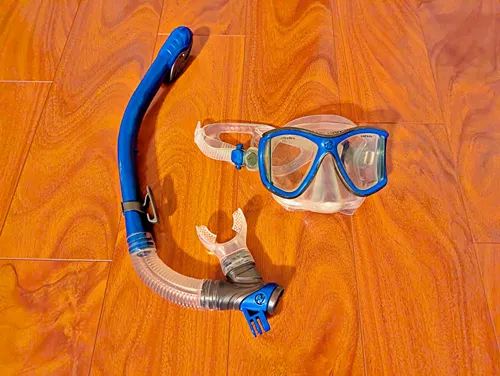
Snorkeling 101: Understanding Snorkel Design
At its core, a snorkel is simply a tube that lets you breathe while your face is underwater. But this simplest design has a major drawback: seawater can easily enter the open end if you tilt your head, dive, or get caught in a wave. This can lead to coughing, choking, and a ruined snorkeling experience.
That is where advanced snorkels come in! They feature a clever valve at the top. This valve acts like a gatekeeper, sealing off the snorkel when water tries to enter and opening smoothly when you are above water or exhaling.
However, not all snorkels are created equal. Some budget-friendly models may have valves that do not seal properly, allowing water to seep in. To avoid disappointment, it is worth investing in a quality snorkel and doing your research before you buy. Reading reviews from other snorkelers can be a great way to find a reliable option.
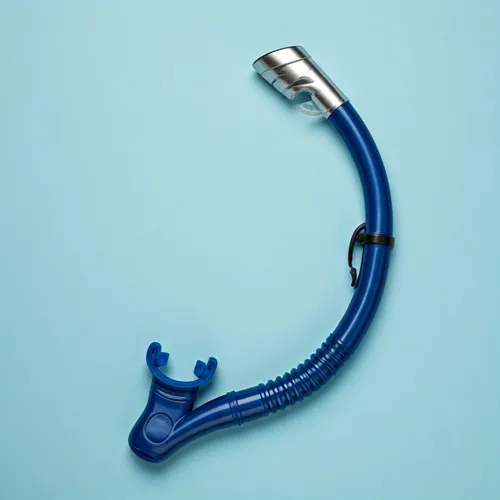
Choosing the Perfect Snorkel Mask: A Few Key Tips
A good snorkeling mask is your underwater window to the world, so choosing the right one is crucial!
Here are important things to look for:
- A Snug Fit: The mask's skirt (that is the soft part that seals against your face) needs to be flexible and form a watertight seal. To test this, put the mask on, press the lenses against your face to expel excess air, and try to inhale through your nose. If you cannot, you have found a winner! If you have a beard, you might need a little help from petroleum jelly to ensure a good seal.
- Easy Nose Clearing: Look for a mask with a nose pocket. This allows you to easily exhale through your nose to clear any water that might have seeped in. No more blowing up your mask like a balloon!
- Wide-Open Views: I personally prefer masks that are fully transparent. This lets in maximum light and gives you a wider field of vision, so you can spot all the underwater action.
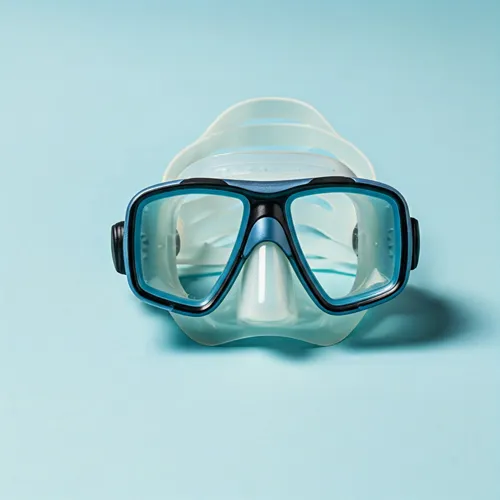
Full-face Snorkeling Mask for Snorkeling
Over the last years, full-face snorkeling masks have become immensely popular for beginners. They offer some advantages and some disadvantages over traditional masks and snorkels.
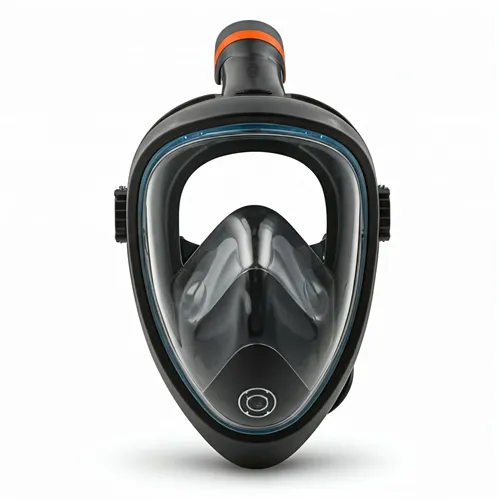
Full-Face Snorkel Masks: Hype vs. Reality
Full-face snorkel masks have exploded in popularity, promising a more natural and comfortable underwater experience. But are they all they are cracked up to be? Let's dive in!
The Allure of Full-Face Masks:
- Panoramic Views: Imagine breathing naturally through your nose and mouth while enjoying a wider field of vision than ever before! That is the promise of full-face masks.
- No More Foggy Lenses: Many models boast anti-fog coatings, a major plus compared to traditional masks that often fog up.
- Built-In Convenience: The snorkel is integrated into the mask, eliminating the need for separate gear.
But Wait, There's a Catch:
- Safety Concerns: There have been reports of serious incidents, including fatalities, linked to full-face masks. Some experts suspect dangerously high carbon dioxide levels can build up inside the mask, posing a risk to snorkelers. Until this issue is fully understood and addressed, we urge caution – make sure to read, understand, and apply the manufacturer’s directions and recommendations.
- Leakage Woes: The larger seal area makes these masks more prone to leaks. And when water does get in, it is much harder to clear compared to a traditional mask.
- Price Tag: Full-face masks come with a higher price tag than traditions mask and snorkels.
- Bulkiness: Full-face masks take up more space in your luggage.
The Verdict:
While full-face masks offer some exciting features, the potential safety risks and practical drawbacks give us pause. For now, we recommend sticking with tried-and-true traditional masks and snorkels.
Fins: Boost Your Snorkeling Adventure!
While not essential, fins can significantly enhance your snorkeling experience. They are a must-have when snorkeling in deep water, if you are dealing with currents, or if you are swimming with fast-moving creatures like whale sharks.
Choosing Your Fins:
You will encounter two main types:
- Strap-on Fins: These are lightweight, adjustable, and budget-friendly, making them a popular choice. However, their open-heel design can leave your feet vulnerable to scrapes when walking over rocky terrain.
- Full-Foot Fins: These offer superior protection and versatility, especially when exploring rocky shores. You will, however, need to match them with your shoe size.
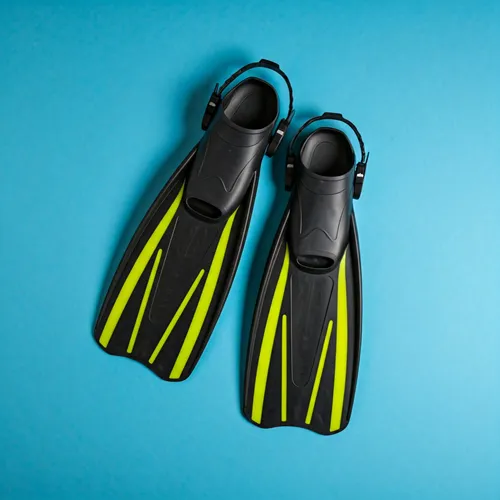
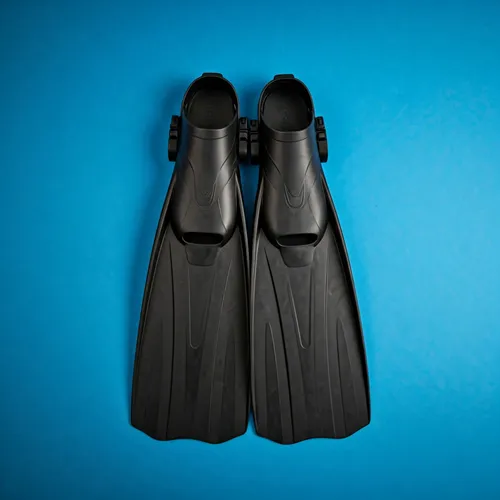
Swimming with Fins 101
Before you dive in, take some time to learn proper finning techniques. There are tons of helpful videos online that can teach you how to swim efficiently and comfortably with fins. This is important, because without proper technique, you will exhaust yourself qucikly.
Beat the Burn: The Best Rash Guards for Snorkeling Adventures
Snorkeling trips can last for hours, leaving you exposed to the sun's harmful UV rays. While water-resistant sunscreen offers some protection, they are not foolproof. That is where rash guards come in!
Designed specifically for water activities, rash guards are lightweight, quick-drying shirts that provide excellent sun protection with SPF 50 or higher. Say goodbye to nasty sunburns and hello to comfortable, carefree snorkeling!
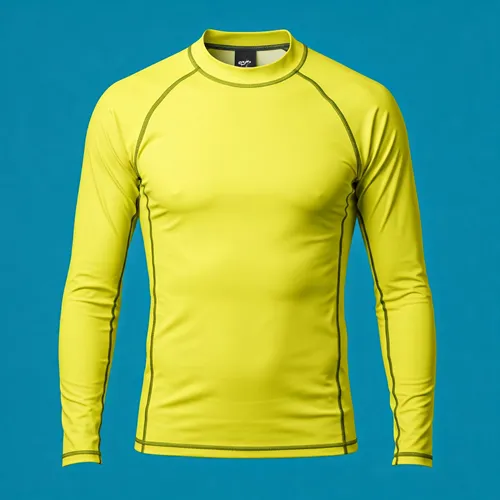
Choosing the Right Rash Guard:
- Long Sleeves are Key: long sleeves offer superior protection against the sun and unexpected encounters with jellyfish, often too small to see.
- Bright Colors Boost Visibility: opt for vibrant colors like orange, or yellow. This makes you more visible to boats, surfers, and even may help deter curious sharks. Sharks have poor eyesight and some believe that dark clothing may resemble their favorite prey: seals.
So, can I ditch the sunscreen and embrace the rash guard?
Rash Guards are a comfortable and stylish way to stay protected and enjoy your snorkeling adventures to the fullest. But you will still need water resistant sunscreen to protect your neck, ears, and parts at the back, top, and sides of year head with no, or sparse hair growth.
Your Snorkeling Safety Sentinel: The Swim Buoy
You will often share the water with boats and surfers, and that can be risky. That is why a brightly colored swim buoy is a must-have snorkeling accessory. Not only do they make you highly visible to other water users, but they also offer crucial safety benefits:
- Rescue Ready: If you get caught in a current or feel exhausted, your buoy becomes a lifeline, providing a secure point of flotation to keep your head above water.
- Valuable Storage: Many buoys have convenient pockets to store your essentials like keys, phone, and even a small snack.
- Peace of Mind for Loved Ones: Your buoy acts as a visual marker, allowing those on shore to easily spot you in the water.
I rarely ever hit the water without my swim buoy. It is my peace of mind and a valuable safety investment.
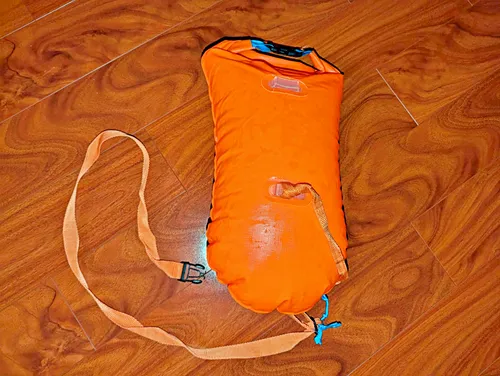
Snorkeling with Confidence: The Role of Life Vests
Many snorkeling tours require life vest use, and for good reason! Especially in deeper waters, a life vest provides an extra layer of safety and allows you to relax and fully enjoy the underwater scenery.
Even if you are not on a tour, wearing a life vest can be a smart choice. It helps you maintain a comfortable position in the water, allowing you to effortlessly float and observe the marine life below.
Keep in mind: Life vests limit your ability to dive deep. They can also be bulky to travel with. Renting a life vest at your snorkeling destination is often the most convenient option.
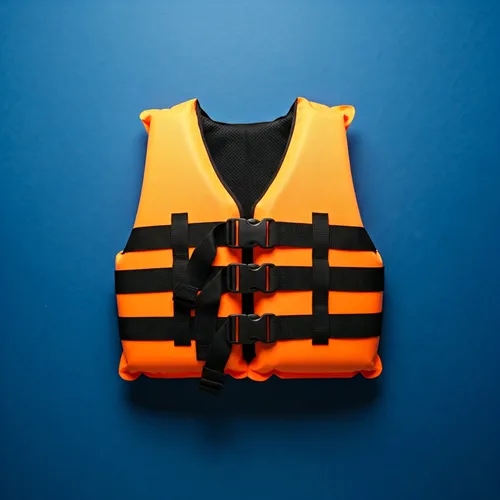
Capturing Underwater Magic: Choosing the Right Snorkel Camera
Want to share the stunning underwater world you discover while snorkeling?
You will need a dedicated camera built for the job.
Forget Phone Hacks:
- Watertight Cases are a No-Go: Those clear cases for your phone might seem like a budget-friendly option, but they are usually a hassle. You lose touch sensitivity, making it impossible to control your phone underwater. And they can leak, especially after multiple uses, ruining your mobile phone.
- Housings with Remote Control? : Too Complicated! While some underwater housings offer remote controls, they can be cumbersome and difficult to operate, especially if the distance is more than a few inches.
You do not need a high-end diving camera for your snorkeling adventures. There are plenty of compact, user-friendly underwater cameras specifically designed for snorkeling that capture amazing photos and videos.
The Snorkeler's Secret Weapon: Trail Cameras
Action cameras like GoPro or more budget-friendly options like Akaso are perfect for snorkeling. They are rugged, easy to use, and capture stunning underwater footage.
I have been snorkeling with my Akaso V50 Elite camera for years, and it has consistently delivered stunning results. While it is not the top choice for night videography or professional vlogging, its affordability and underwater prowess make it a fantastic snorkeling companion.
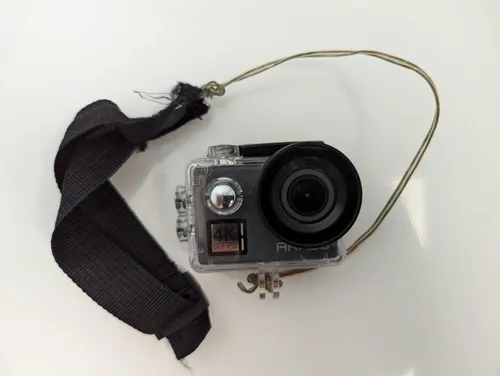
The photo above shows my Akaso camera encased in its watertight housing. Attached to the housing is an old wifi cable (tear-proof copper wire covered with clear plastic insulation), which is then attached to two Velcro straps that came with the camera accessories.
My Akaso Experience
First, here are the specs:
Photo Specs
- Max. photo resolutions: 20*, 16*, 12, 10, 8, MP. *upconverted resolutions as the sensor is 12MP
- ISO settings: Auto / 50 / 100 / 200 / 400 / 800 / 1600
- 8x digital zoom
- Photo burst capable: 3 shots in s, 7 shots in 2s, 15 shots in 4s, 30 shots in 8s for up to 1h
- Long Exposure: 0, 1, 2, 5, 8, 30, 60s
- 170-degree wide-angle lens with an aperture of f/2.8
- Supported photo formats: jpg and raw
Video Specs
- Video resolutions:
- 4K videos at 30 and 60fps (no video stabilization at 60fps)
- 2.7K at 30 and 60fps (no video stabilization at 60fps)
- 1080p at 30, 60, and 120fps (120fps for slow motion, but without image stabilization)
- 720p at 60, 120, and 240fps (120 and 240fps for slow motion, but without image stabilization)
- Electronic Image Stabilization
- H.264 and H.265 Codecs for video compression
- Loop recording available
Other Specs
- Internal microphone, no support for external microphones
- 2in touch screen
- Max. Micro SD card capacity: 128GB
- 3, 5, 10 or 20s delay timer
- Built-in 2.4 GHz wifi
- The camera is not waterproof and needs a waterproof housing, which will render the built-in microphone useless – but there is no recordable sound underwater anyway
- 1 Micro-USB and 1 HDMI port
- The camera comes with 2 rechargeable 1050 mAh batteries and a charger that can charge both batteries simultaneously. I can typically use each batter for 45min during my snorkeling trips during which I take frequent videos and photos.
Secondly, here are the pros and cons:
- Pro: When I bought the Akaso, it cost less than half of the equivalent GoPro Hero.
- Pro: I use the 20MP resolution at 5120 x 3840 pixels with a 24-bit depth. The photo quality under daylight conditions and daylight snorkeling is good.
- Con: The low light performance is just average. It is possible to take blur-free photos of fish under low-light conditions, but it gets increasingly difficult, if not impossible, the lower the light level gets.
- Neutral: The photo and video quality is really good to capture your snorkeling memories. The camera does, however, not come close to the quality that my cell phone delivers for photos and videos on land.
- Con: To turn on the camera on or off, you need to press the respective button for at least 3s, which can be frustrating in fast-paced underwater encounters.
- Pro: When turned on, the camera defaults to the video mode, which I like. Photo mode is one easy click away.
- Neutral: In my experiments, using a U3 rated card, I found that the 4K videos (3840 x 2160 pixels) are good quality, but not always completely smooth, that is why I record at 2.7K, 60fps.
- Pro: Easy to use interface with intuitive controls. Controls are accessible even when the camera is in the watertight housing, but text is small.
- Con: When changing the battery, the time and date counter stops and resumes where it stopped when you add a charged battery. That can lead to incorrect date stamps.
- Con: The microphone is useless when the camera is in the watertight housing, but it records the low-level noise that reaches it.
Pro Tip: Protect Your Underwater Lens!
Most trail cameras need a separate waterproof housing, but even if yours does not, invest in two!
Why two? Because scratches are inevitable when you are snorkeling near coral reefs or rocky shores. No matter how careful you are, currents and waves can push you against these surfaces, scratching your lens and ruining your photos and videos. And even the best waterproof housing can develop leaks, most often at the latch that closes it tightly, or at the seal.
Having backup housing provides peace of mind, and ensures you will always capture crystal-clear underwater footage.
Elevate Your Snorkeling Adventures
With an action camera in tow, you are not just a snorkeler; you are an underwater filmmaker. Capture the magic of the ocean, share your adventures with the world, and unleash your inner oceanographer!
Your Snorkeling SOS: The Essential Safety Whistle
For under 5 dollars, a safety whistle can be a lifesaver. If you find yourself in trouble while snorkeling, a few sharp blasts on your whistle can alert nearby boaters, surfers, snorkelers, or people on land to your situation.
Attachment Tips:
- Keep it Handy: Attach your whistle to your life vest or wear it securely around your arm or swimsuit where you can grab it and blow it, and where it will not interfere with your swimming or camera use.
- Do not Rely Solely on Your Buoy: While some people attach whistles to their buoys, I prefer to keep them separate. What if you forget your buoy or it gets detached?
A Small Investment, Big Peace of Mind.
A safety whistle is a small but essential piece of gear for your snorkeling adventure.
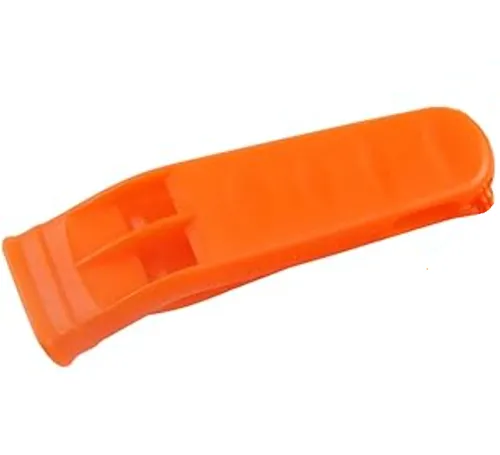
Ready, Set, Snorkel! Your Step-by-Step Guide
Ready to Snorkel? Let's Get Started!
Snorkeling is accessible to most people who can swim comfortably. However, if you are a beginner or not a strong swimmer, a life vest is highly recommended.
Beard Troubles?
If you have a beard, you might find it a bit trickier to get a good seal with your mask. Don't worry! A dab of petroleum jelly around the mask's skirt can help create a watertight fit.
Don’t have a beard, but a stubble? For a good seal, consider a close shave the morning of your snorkeling adventure.
So, now you are ready to explore the underwater world!
Here is how to get started:
Gear Up:
- Suit Up: Slip into your swimsuit and rash guard and apply sun lotion to your neck, ears, and parts of your head with no or little hair growth.
- Vest Up: If you are using a life vest, put it on now for added safety.
- Secure Your Buoy: Attach your buoy to your waist with a snug strap to avoid tangles.
- Camera Ready: Right-handed? Attach the strap that is connected to your camera to your right wrist. Lefties, your left wrist is the spot.
- Snorkel On: Connect your snorkel to your mask.
- Defog Your Mask: Apply a thin film of diluted dish soap or spit to the inside of the lenses and rub it in evenly. This will prevent fogging.
- Fin Time: Put on your fins at the water's edge if possible. If you are walking over rocks, put them on beforehand. Do not scratch your camera doing this.
Entering the Water:
- Gentle Descent: If you are wearing fins, walk backward into the water as the water will not allow you to lift your fins walking forward.
- Mask Check: Briefly submerge the skin of your mask in the water to wet it.
- Fit Test: Put on your mask, press the lenses gently against your face, and try to inhale through your nose. If you can inhale, adjust the mask, and try again. A little petroleum jelly can help create a perfect seal, especially if you have a beard.
- Final Check: Submerge your face in the water to ensure a watertight seal and check for any leaks.
Now, it is time to explore!
Remember to relax, breathe slowly and deeply, and enjoy the underwater wonders.
Operate your camera with your right hand only – or the left hand if you are a leftie. That leaves your other hand for swimming.
Snorkeling Responsibly: Best Practices for a Safe and Sustainable Adventure
Safety First!
- Know Before You Go: Research your snorkeling spot beforehand. Talk to locals, check for warning signs, and look online for information about potential hazards like rip currents and strong waves.
- Rip Current Survival: If caught in a rip current, don't panic! Swim parallel to the shore until you are out of the current, then swim back to safety. A swim buoy and life vest can be lifesavers!
- Shark Safety: While shark encounters are rare, be mindful of the species in the area. Wearing a brightly colored rash guard might help deter some sharks.
- Buddy Up! Never snorkel alone. A buddy can assist you in case of an emergency. A swim buoy and safety whistle can also help you signal for help.
Tread Lightly: Protect the Reef!
Many snorkelers unknowingly or recklessly damage the delicate coral reefs they visit.
- Stay Horizontal: Spend most of your time underwater with your body horizontally, avoiding contact with the seafloor. Unfortunately, most beginners have their head above water and stand on the seafloor or some rocks or corals much longer than observing the underwater reef and fish. Don’t be one of them!
Be advised that some rays and rockfish have spines or sharp fins and like to bury themselves in the sand. If you accidentally step on one, they might feel threatened and defend themselves, causing a painful injury or even death. - Avoid Unnecessary Disturbance: Only surface when necessary: to enter or exit the water, to orient yourself, to clear water from your mask or snorkel, or in case of an emergency.
- Respect the Reef: Never walk on corals, even dead ones. Walking on the reef can cause significant damage and harm marine life.
Camera Care: Protect Your Lens
If you are using an action camera like an Akaso, you must protect the lens when you are swimming and not using the camera by holding it with the lens facing your palm. This provides a secure grip while minimizing the risk of scratches. Make sure your hand is free of sun lotion.
Keep Your Distance - Observe, Don't Touch
Maintain a safe distance from corals and rocks. Accidental contact can injure you and damage the fragile reef ecosystem.
Bleeding in water where there may be sharks is never a good idea. Damaging corals that need hundreds of years to regrow is unforgivable.
Leave Only Bubbles - Admire, Don't Disturb
Resist the urge to touch any marine life you encounter. That includes not just fish, but also turtles, and corals! Observe them from a respectful distance and enjoy their natural beauty.
Some of our favorite snorkeling spots are listed here:
Author: Rudy at Backpack and Snorkel
Bio: Owner of Backpack and Snorkel Travel Guides. We create in-depth guides to help you plan unforgettable vacations around the world.
Other popular Purple Travel Guides you may be interested in:
Like this Backpack and Snorkel Purple Travel Guide? Pin these for later:
